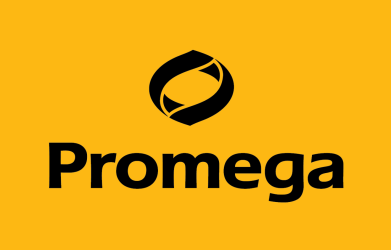Real-time assays allow scientists to repeatedly measure specific events or conditions over time from the same plate. One of the main advantages of real-time assays is that researchers can collect data without lysing the cells which means that several assays can be multiplexed within an experiment. Darren Heywood, Product Manager at Promega highlighted the importance of multiplexing: “Multiplexing different assays allows you to gain more data from your sample. Using a single plate means you'll use fewer reagents, cells, and culture media which saves resources. Additionally, because you're not lysing the cells, you can use them for downstream processing.”
Heywood gave a brief overview of real-time kinetic cell-based assays for monitoring cell health in 3D cell cultures. He began by introducing Promega’s RealTime-Glo MT Cell Viability assay, a luminescent assay used to monitor viability over time. The assay consists of two key components: a substrate and NanoLuc luciferase. The substrate can penetrate the cell and bind to the luciferase, creating a luminescence proportional to the number of viable cells in a culture.
This assay was used to treat hepatocytes with increasing concentrations of Panobinostat, resulting in a dose-dependent decrease in viable cells over time. To examine whether a compound impacts cell death, Heywood suggested using CellTox Green and LDH-Glo which both rely on the breakdown of the membrane during cell death. The CellTox Green assay was used to treat HepG2 spheroids with paclitaxel in the presence of CellTox Green. The paclitaxel resulted in a dose-dependent increase in dead cells.
Furthermore, this assay allows researchers to observe the death rate of different cell populations. Heywood elaborated on this: “Here's how it looks: at 0 hours, no dead cells; at 22 hours, some cells start to fluoresce; at 48 hours, the whole plate glows. You can remove individual wells for transcriptomics and continue incubating the plate.”
Meanwhile the LDH-Glo assay measures lactate dehydrogenase release when a cell dies. This assay was used to treat HCT116 spheroids with doxorubicin and the media was sampled at 24-, 48- and 72-hours post-treatment. The doxorubicin resulted in a dose-dependent increase in dead cells and a decrease in viable cells.
Beyond this scope, Promega offers assays for energy metabolism: Glutamine-Glo™, Glutamate-Glo™, Glucose-Glo™, and Lactate-Glo™. In summary, real-time assays provide a complete picture of cellular changes, allowing you to multiplex different assays and explore multiple aspects of your model system. They offer status updates during experiments, unveiling trends that endpoint assays might miss.



